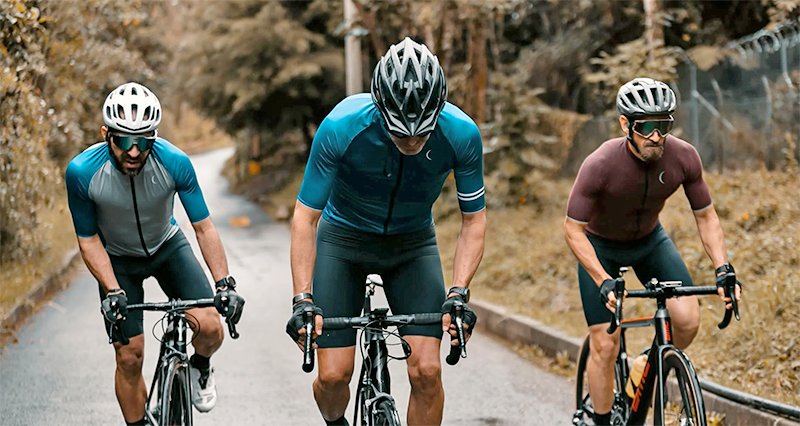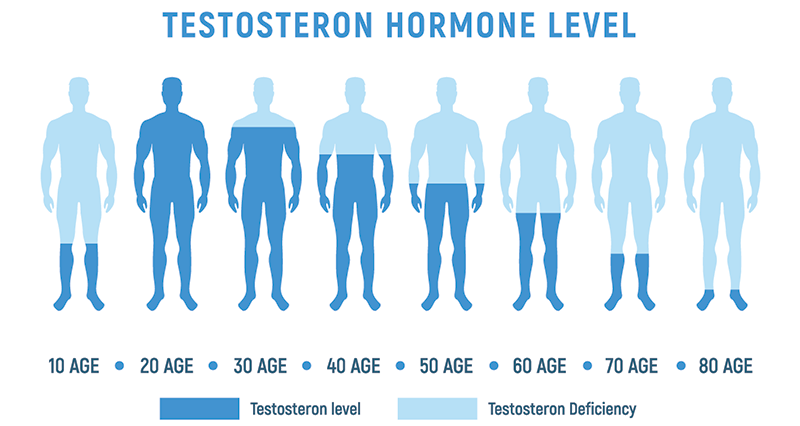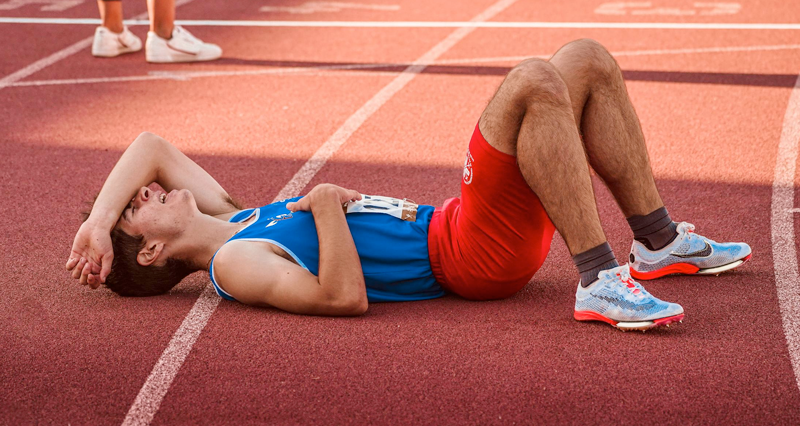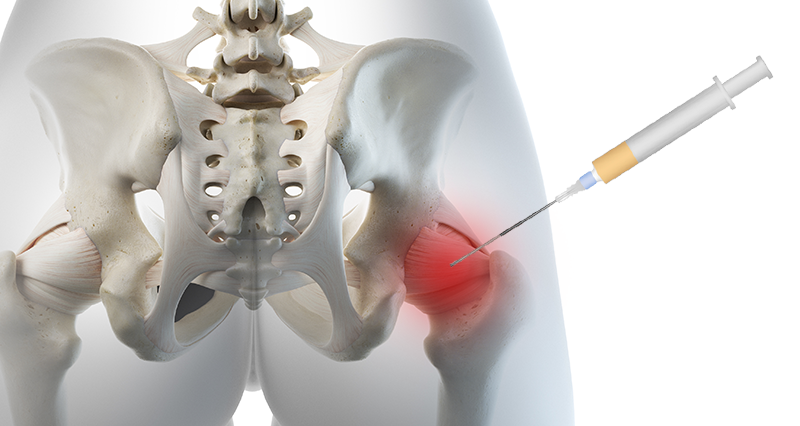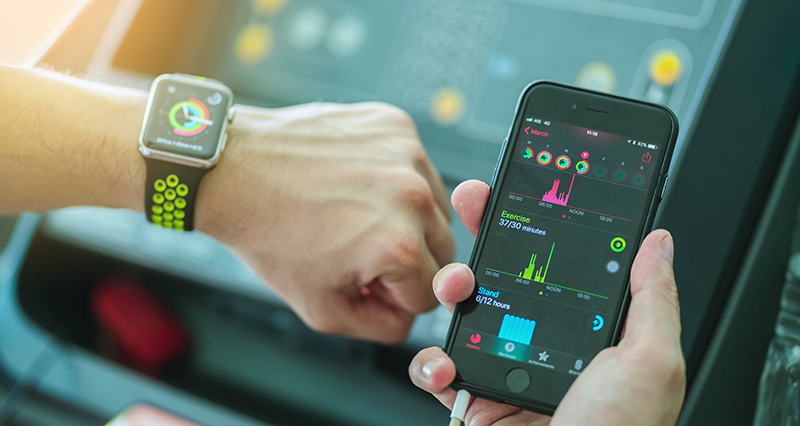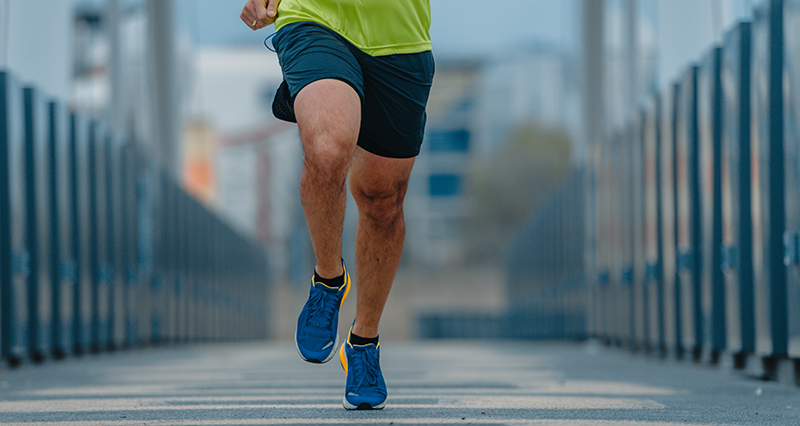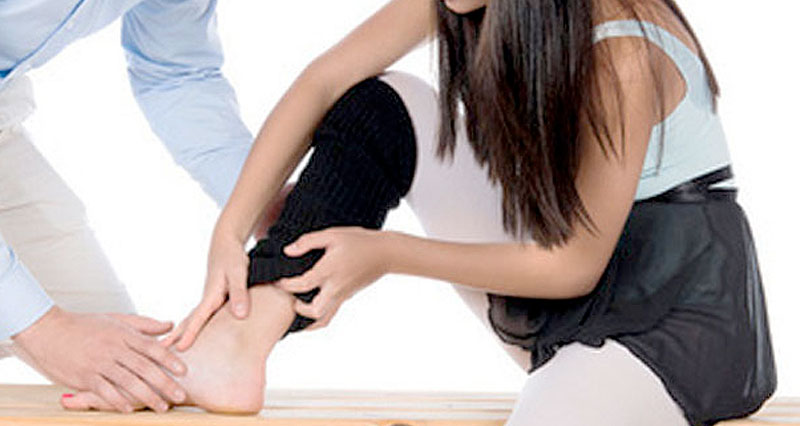Cycling can increase the risk of prostate problems in men particularly due to pressure from prolonged sitting on a bike saddle. This pressure compresses nerves and blood vessels, potentially leading to inflammation, discomfort, or long-term issues in the prostate and urinary system. Here we explain the possible link between cycling and prostate problems.
What is the Prostate?
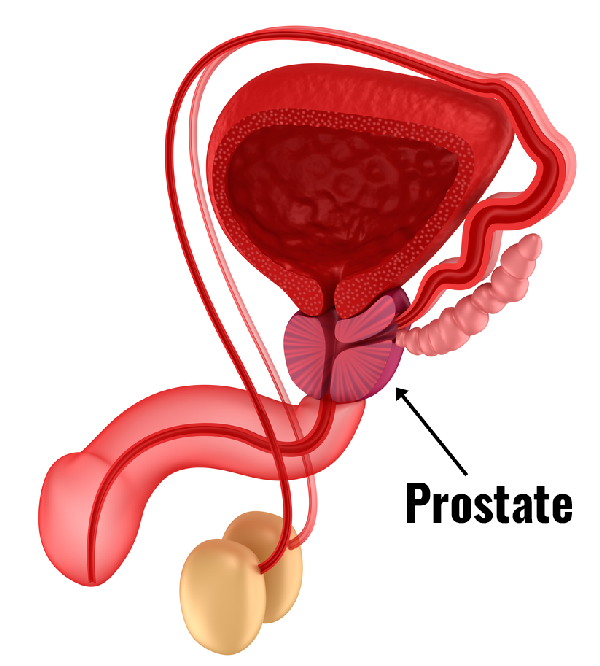
The prostate is a small, walnut-sized gland in males, located just below the bladder and in front of the rectum. It surrounds the urethra, the tube that carries urine and semen out of the body. The main function of the prostate is to produce a fluid that makes up part of semen. The prostate often grows larger with age, sometimes leading to conditions like benign prostatic hyperplasia (BPH), prostatitis, or prostate cancer.
How Does Cycling Affect the Prostate?
Cyclists spend many hours on narrow seats leading to the following:
Perineal Compression
Prolonged cycling can cause compression to the perineal area, the region between the anus and the scrotum) by the bicycle saddle. This reduces blood flow and can irritate or inflame the prostate. As a result, this may lead to symptoms like pelvic discomfort, numbness, or pain.
Prostatitis
Some studies suggest that frequent cyclists are at a higher risk of developing prostatitis. This is inflammation of the prostate and could potentially be due to the repeated trauma to the prostate area for the saddle.
Temporary Effects on PSA Levels
Cycling has been shown to temporarily increase prostate-specific antigen (PSA) levels, which is a marker used to assess prostate health. This can sometimes lead to false-positive results in PSA tests, although this effect is typically short-lived.
Does Cycling Increase the Risk of Prostate Cancer?
No, cycling does not cause prostate cancer. However, there have been concerns in the past that prolonged cycling, especially on hard or narrow saddles, could increase the risk of prostate issues or cause discomfort. Studies suggest that cycling does not increase the risk of developing prostate cancer, but it can sometimes cause temporary discomfort or symptoms similar to those of prostate problems, such as numbness or soreness in the groin area.
Research Evidence Linking Prostate Problems & Cycling
- A study published in the Journal of Urology noted that cyclists had elevated PSA levels after long periods of cycling. However, although these increases were temporary and returned to normal shortly after stopping.
- A 2014 study published in The Journal of Men’s Health examined nearly 5,000 male cyclists and found no significant link between cycling and prostate cancer. However, it did find an association between high-intensity cycling and a higher incidence of self-reported prostate issues such as prostatitis.
- Another paper in The Lancet concluded that cycling’s health benefits far outweighed the potential risks, but advised cyclists with symptoms of perineal numbness or discomfort to consider adjusting their saddle position or using specialized saddles that reduce pressure on the perineum.
Recommendations for Cyclists
If you are worried about injury or irritation to your prostate from cycling then here are a few tips:
Saddle Design
Using a well-designed saddle with a cutout or noseless design can help reduce pressure on the perineal area.
Posture Adjustments
Regularly standing on the pedals during cycling or adjusting the saddle angle can help reduce pressure.
Limit Duration
Avoiding prolonged sessions of continuous cycling without breaks can mitigate the risk of prostate problems.
If you are concerned about prostate health and cycling, it’s best to consult a healthcare provider for personalized advice, especially if experiencing symptoms like pelvic pain, discomfort, or urinary issues.
